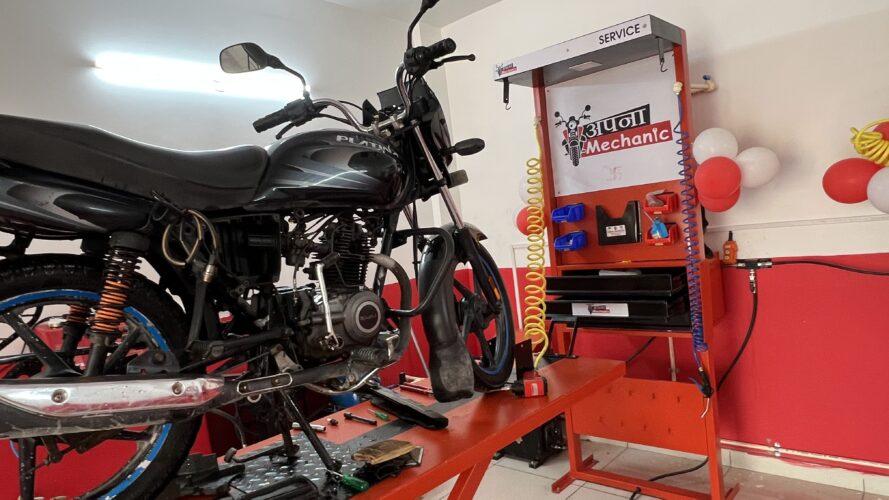If you own a two-wheeler, you probably wish nothing more than to keep enjoying its performances. However, it’s essential for riders to incorporate maintenance and servicing of their favorite two-wheeler in their daily routine to ensure that their vehicle can run faster and smoother. Unfortunately, something that most bike riders fail to understand is that maintenance and servicing are not the same thing. Both these terms imply different meanings. Read this article to understand how servicing differs from maintenance and how both these are essential practices to lengthen your bike’s longevity and improve performance.
What is two-wheeler servicing:
The term servicing is a broad-spectrum word that includes everything from examination to adjustment, repairing damaged parts, to replacing spare parts, all for making sure your bike continues to provide optimal performance. Users can get their bikes serviced at any efficient local service provider such as Apnamechanic. Your bike will show some signs indicating that it needs servicing, such as unusual noises, brake failures, difficulty in shifting gears, slow speed, tire wear, loose parts, etc. Bike servicing includes the following services:
- Oil change– engine oil keeps your bike’s vital parts lubricated to ensure smooth operation. Engine oil needs to be replaced from time to time to maintain the overall health of your bike’s engine.
- Filter replacement—Your bike’s system has an air-oil filter that prevents contaminants such as dust particles and dirt from the road from entering the interior of the engine. These contaminants could reduce the engine’s performance, so it’s essential to replace these filters at regular intervals to maintain optimal air-fuel mixture.
- Checking spark plugs: spark plugs play an important role in the bike’s ignition system. Therefore. It needs to be washed properly and replaced to maintain engine power.
- Checking brake: servicing for brake inspection includes checking the brake pads and the fluid level and making necessary adjustments if any issue is found.
- Checking the tires: tire inspection involves checking tire pressure, tread depth, and inflation while looking for any wear or tear in the surface of the tire or the tube for maximum stability and better grip of your bike.
- Chain and sprocket maintenance: overall chain maintenance means lubricating the chain, adjusting it, and inspecting the sprockets to eliminate unnecessary power loss.
What is two-wheeler maintenance?
Bike maintenance involves bike owners taking some preventive measures on a regular basis to improve efficiency and performance and save future repair costs. Bike maintenance involves the following practices:
- Bike washing: Bike washing is an important step in your bike maintenance routine. It helps retain the look and aesthetic appeal of your beloved two-wheeler and prevents dirt and grime from accumulating in the parts, which can otherwise impact performance.
- Checking the fluid levels: you should regularly check your bike’s engine fluid, transmission fluid, and coolant. These fluids should be at an optimal level to continue smooth rides and prevent overheating of the machine.
- Battery check: The battery check includes cleaning the terminals of the battery, checking the fluids, and making sure it is properly charged.
- Tire maintenance: regularly inspecting tire pressure and tread wear is a good practice for ensuring safe rides.
Conclusion:
All though regular bike maintenance is vital and essential practice for ensuring longevity of your two-wheeler, practically. It’s quite challenging for office goers or other employed workers to take time out of their busy schedule and check the fluid levels or inspect tire pressure regularly. In that case, it’s convenient to book an appointment with your favorite bike service providers and let professionals take care of your bike. Proficient service centers such as Apnamechanic also offer doorstep services that you can book online from the app.
